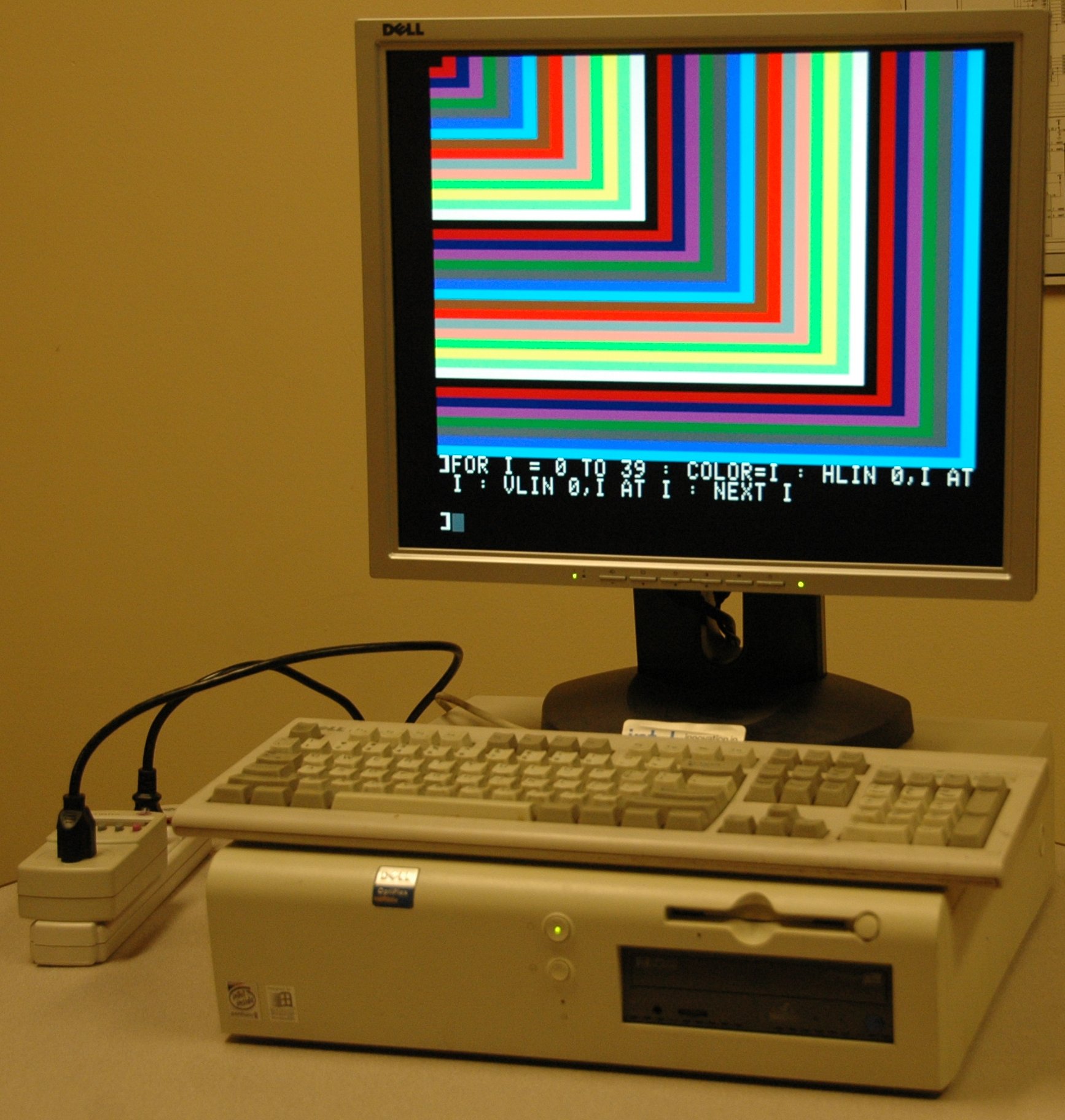
Museums are now, more often than ever, acquiring software-based artworks. The four authors jointly examine questions related to creating, condition checking, accessing, and storing disk images within the context of an art museum. Guggenheim Museum in New York, and Flaminia Fortunato and Caroline Gil at the Museum of Modern Art in New York. This article presents the outcome of a collective research endeavor undertaken by Eddy Colloton at the Hirshhorn Museum and Sculpture Garden in Washington, DC, Jonathan Farbowitz at the Solomon R. By sharing their findings, the authors seek to demystify disk imaging for the purposes of long-term preservation and display within an art museum, focusing on the tools used for creating disk images and accessing them in the future.

Recognizing that the creation of a disk image is just one step at the beginning of an artwork’s preservation life cycle, the authors engage in a frank and open discussion about their successes and failures with creating and managing disk images. the difficulties of using a disk image to run a software-based artwork independent of the original hardware while ensuring a faithful representation of the work and its work-defining properties.

#MAC II EMULATOR COMPUTER MUSEUM SOFTWARE#
A disk image, a bit-for-bit copy of a digital storage device, is a powerful tool for encapsulating both the artwork and its software environment for preservation or documentation.

One practice that is emerging among conservators, drawing from digital forensics and widely adopted by libraries and archives, is disk imaging. Within this context, media conservators have sought tools and techniques to deal with the urgent need to back up data from aging computers and hard drives in museum collections. Through various forums, symposia, and peer networks, museum professionals are collaborating to address the unique challenges in caring for these types of artworks. The growing prevalence of computer and software-based art in contemporary museum collections has been met with serious discussion and research. Eddy Colloton Jonathan Farbowitz Flaminia Fortunato Caroline GilĮlectronic Media Review, Volume Six: 2019-2020 ABSTRACT


 0 kommentar(er)
0 kommentar(er)
